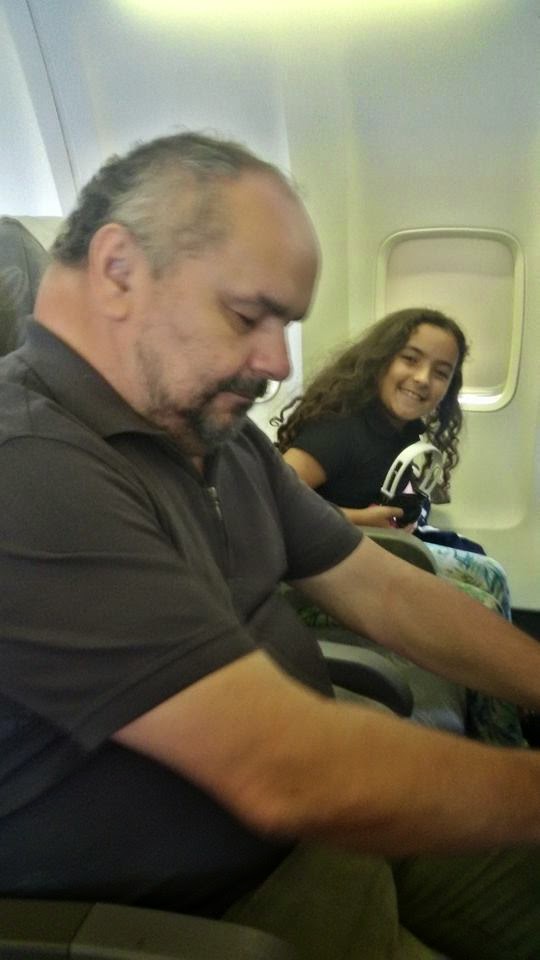

An unknown artist made it in the early 1990s in the style of 19th-century ledger art. federal troops, as told from a Lakota perspective. This beaded antelope hide illustrates the victory of Lakota Sioux and Cheyenne warriors over U.S. Custer and more than 200 soldiers died in the conflict now known as Custer’s Last Stand. George Custer and his troops confronted the Northern Plains Indians, who were defending their right to their land, in the Battle of the Little Bighorn-known to the Lakota and other Plains Indians as the Battle of the Greasy Grass. Once assembled, Dippy, as the behemoth is now affectionately known, was the star of Pittsburgh’s newly built 1907 Dinosaur Hall.

It would take all of 130 crates to transport the bones of the 85-foot-long giant Diplodocus carnegii-named after its financier-to Pittsburgh via boxcar. After no additional bones were discovered at the site, Carnegie’s bone hunters moved some 20 miles away to Sheep Creek, Wyoming, where, in July 1899, they found a nearly complete skeleton of a gigantic, long-necked sauropod dinosaur. First came a tussle between the university and Holland’s team to remove the fossils. Holland with the directive to “buy this for Pittsburgh.” The reality is that the check came later. This wood and leather wardrobe trunk puts a spotlight on three generations of the Cavaliere family, who used it to pack their previous lives for their transatlantic travels between Italy and the United States.Īndrew Carnegie’s intense interest in prehistoric buried treasure began in 1898 when he spied an article in a New York newspaper about a University of Wyoming fossil collector who had stumbled across the ancient remains of the “most colossal animal ever on Earth.” Legend has it that Carnegie sent the clipping with a $10,000 check to Museum Director William J. The Warhol photographed hundreds of itemsįor each Community Time Capsule, and the compilations are part of the museum’s online curriculum that uses Warhol’s life and practice to teach lessons across the humanities. Each is an online collection of personal and historical objects that captures the culture and stories of some of the region’s immigrant communities. In this spirit, The Warhol’s education team, in partnership with local immigrant families, developed Community Time Capsules to celebrate Pittsburgh’s rich cultural heritage. His 610 Time Capsules are his largest collecting project, in which he stored source material for his artwork as well as odds and ends from his daily life.

In 1950, he donated his Tesla coil to Buhl Planetarium, where its special brand of homemade lightning wowed visitors for decades before finding a new home at the Science Center in 1991.Īndy Warhol collected everything from Fiestaware to dental molds to art deco. Kaufman went on to earn a degree in electrical engineering from what’s now Carnegie Mellon University, and became chief electrical engineer for J&L Steel, where he earned more than 100 patents. It took him a year and $125 of his own money, not to mention the ire of neighbors who suffered power-grid failures due to the 1 million volts of ungrounded electricity it generated. Pittsburgh teenager George Kaufman constructed it in 1911 in the attic of his family’s Ben Avon home. But they also learn that the Science Center’s 10-foot-high creation is one of the country’s largest and oldest amateur-made Tesla coils still in operation today. Visitors to Works Theater learn how Tesla’s invention, built in 1891, would go on to find applications in early radio-transmission antennae, television picture tubes, and sodium street lamps. Lightning strikes a few times nearly every day at Carnegie Science Center, thanks to the fan-favorite Tesla coil, named after inventor Nikola Tesla. Rainier in the Hall of Botany to the murals in the Hall of North American Wildlife’s dioramas. But his work is still on view today-from the painting of Mt. rex moved with its back held almost horizontal, with its powerful jaws just a few feet above eye level and its tail raised well off the ground. Later that century, scientists learned that T. rex, part Godzilla, the lumbering dinosaur was based on the science of the day.

The floor-to-ceiling mural took the Carnegie Tech-trained artist months to complete, and museum visitors got to watch as the depiction of the fierce creature took shape. They left with a dark and foreboding image baked into their brains, painted in 1950 by the museum’s chief artist, Ottmar von Fuehrer. For decades, visitors flocked to Carnegie Museum of Natural History’s original Dinosaur Hall to see its resident VIPs- Diplodocus carnegii, Apatosaurus louisae, and Tyrannosaurus rex.


 0 kommentar(er)
0 kommentar(er)
